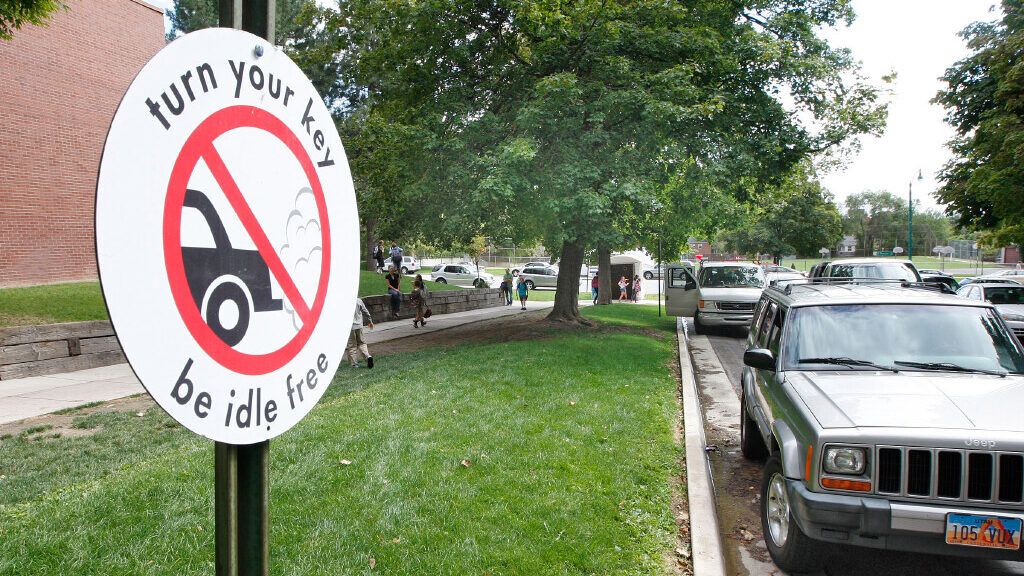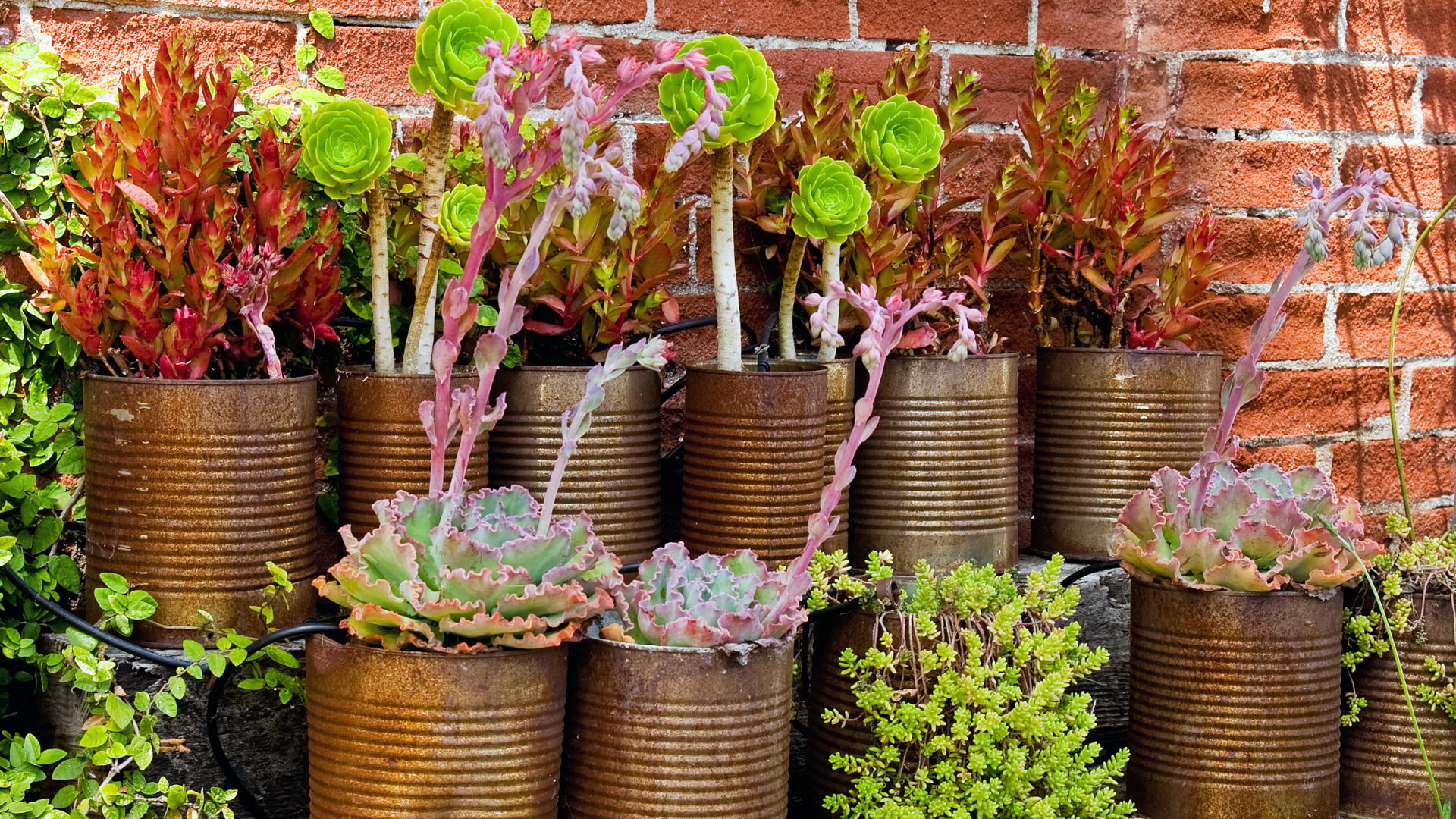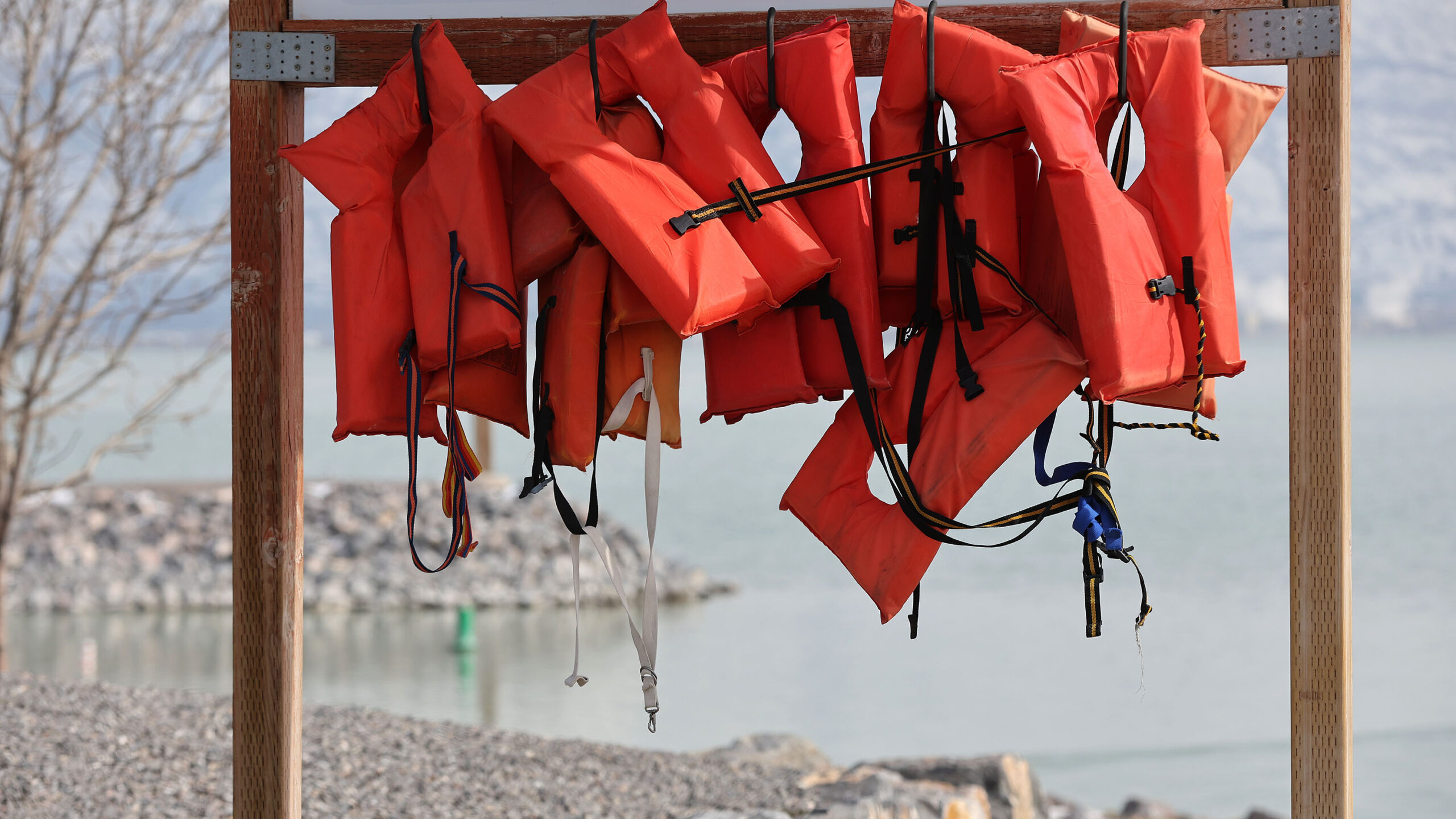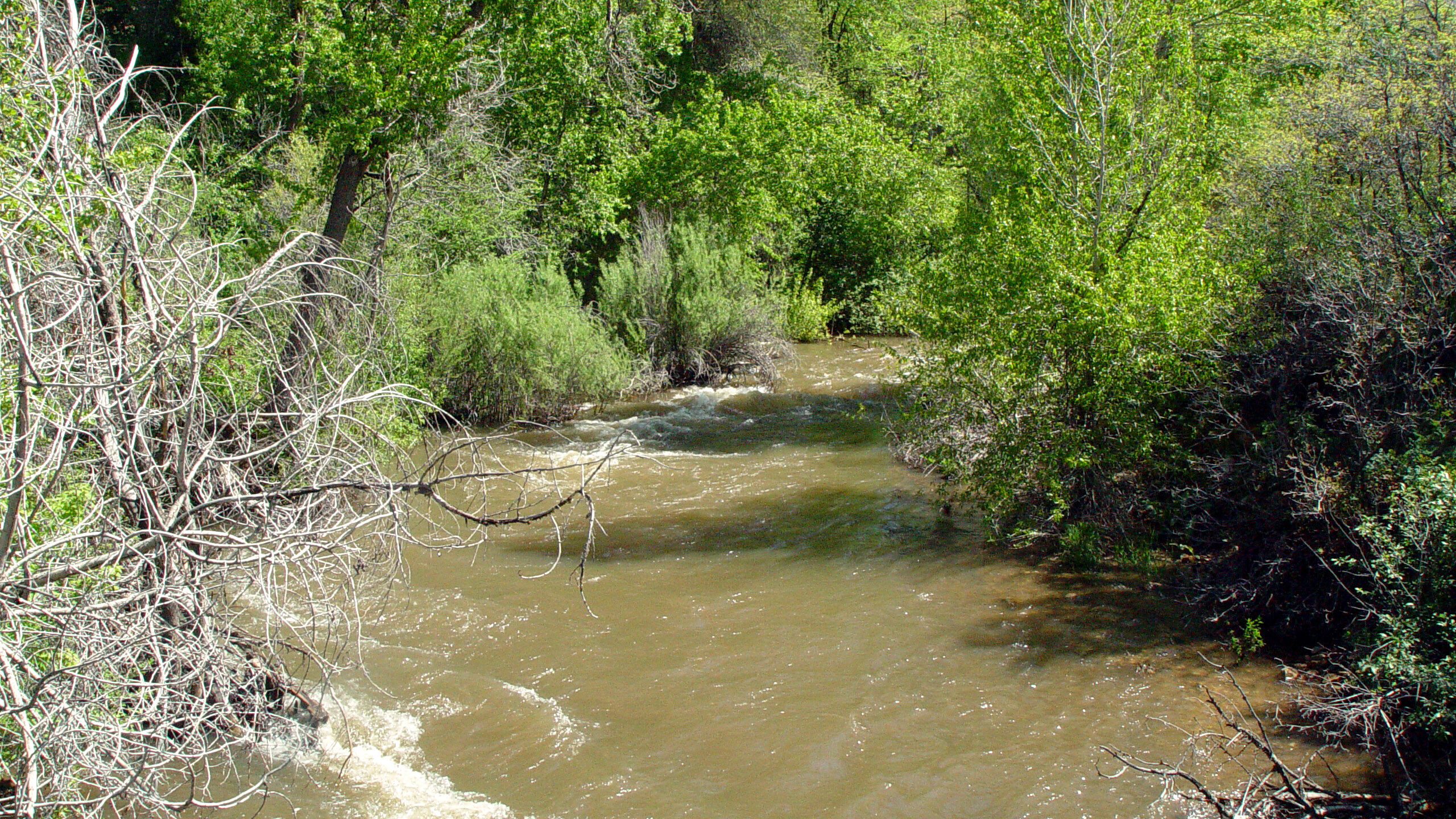Idling vehicles can compound pollution on bad air days, study says
Jul 27, 2023, 5:00 PM

A study by researchers at the University of Utah has shown car idling in drive-throughs can have a negative impact on air quality on bad air days. (Tom Smart/Deseret News)
(Tom Smart/Deseret News)
SALT LAKE CITY — A new study by researchers at the University of Utah found that emissions from idling vehicles in COVID-19 testing lines caused an increase in local pollution hotspots in the testing area.
Researchers monitored the air quality at drive-through COVID testing sites to gather data.
They found workers providing COVID tests were potentially exposed to elevated levels of pollution on days with temperature inversions.
Monitoring the air at COVID-19 testing sites provided an opportunity to study the impacts of idling vehicles. At some points, drivers found themselves waiting in line for hours, the press release said.
There were three locations where researchers monitored PM2.5 concentrations. According to the Environmental Protection Agency, PM stands for particulate matter. The ‘2.5’ refers to “fine inhalable particles, with diameters that are generally 2.5 micrometers and smaller.” These particles are small enough to reach the deepest parts of our lungs. Potentially, they can also make their way into our bloodstreams.
Researchers monitored three locations. They chose Highland High School, the Utah Department of Workforce Services, and the State Fairgrounds. They are all located in different parts of the Wasatch Front.
The press release said the testing sites they monitored were farther away from roads and other pollution sources.
Daniel Mendoza, an assistant research professor in the Department of Atmospheric Sciences at the University of Utah, said the number of visitors dropped very quickly during the study period, from more than 100 tests per day in January to around a dozen per day in April.
“Admittedly, we wished we had been able to deploy in early to mid-January when people would wait up to four hours to test,” said Mendoza.
Testing site operators reported peaks in traffic at the beginning and end of each testing day. The drive-through pattern is more similar to that of a bank than a fast-food restaurant, the press release said.
According to Mendoza, COVID changed people’s behaviors substantially when it comes to drive-throughs. “It is seen as a way to minimize exposure and increase convenience but there are negative side effects,” said Mendoza.
Idling vehicles and inversions
The bowl-like geography of the Wasatch Front typically leads to unhealthy air quality in the winter.
When the air in the valley is cold and the air above is warm, the cold air gets trapped in the valley, along with all the emissions created by cars and buildings. This is known as a temperature inversion, according to the University of Utah.
The emissions put particles and chemicals from cars and buildings into the air. Those chemicals, however, aren’t the only things in the air.
Chemical reactions also happen in the atmosphere. Some of the particles from these chemicals and chemical reactions create particles smaller than 2.5 microns in diameter.
Understanding of the effects these particles have is still evolving, said the University of Utah’s press release. Despite the evolving understanding, researchers said they do know they are not good to be breathing.
Study
The study performed by the University of Utah researchers showed that days without inversions saw lower levels of PM2.5 concentrations at the COVID testing sites being monitored, even when idling vehicles were present.
On days with inversions, however, testing sites had comparable, or even higher PM2.5 concentrations than at the Utah Division of Air Quality monitoring stations.
Researchers said the testing sites were located farther from other pollution sources than sensors used by the UDAQ.
“During inversions, because the air is stagnant, the hyper-local pollution (the cars idling at testing sites) remains in situ (the original place) and sometimes enhances the pollution readings compared to the UDAQ sites,” said Mendoza.
According to Mendoza, the drop in car traffic during the study period enhances the significance of the effect of even a little idling on hyper-local air quality.
“Although the first car in line – the one with occupants being tested – was asked to turn off their engine, the cars behind it may not have done that,” said Mendoza. He also believes masks protected them from COVID, but healthcare workers were likely still vulnerable to the effects of air pollution.
Reducing air pollution
“This study demonstrates the importance of weighing the potential negative impacts to health and safety that an event utilizing drive-throughs,” said Corbin Anderson, manager at the Air Quality Bureau for Salt Lake County Health Department. According to Anderson, event organizers should consider the impact their event might have on participants, event workers, and the local, micro-environment air quality.
“Air quality impact should be a primary criterion for deciding how to conduct the event,” said Anderson.
The press release said drivers can minimize pollution caused by idling by shutting off their engines whenever possible. Salt Lake City has banned unnecessary idling — when a car is running for more than two minutes.
Mendoza said the researchers’ next step is to measure air quality in areas containing multiple drive-throughs. They are also considering measurements in a busy drive-through. They hope to further explore the effects of idling on local air quality.
The study is published in the journal Environmental Research: Health.
Related reading:












